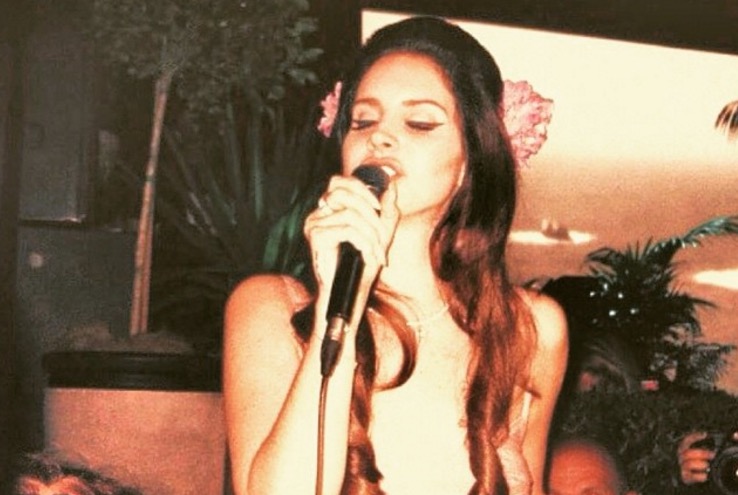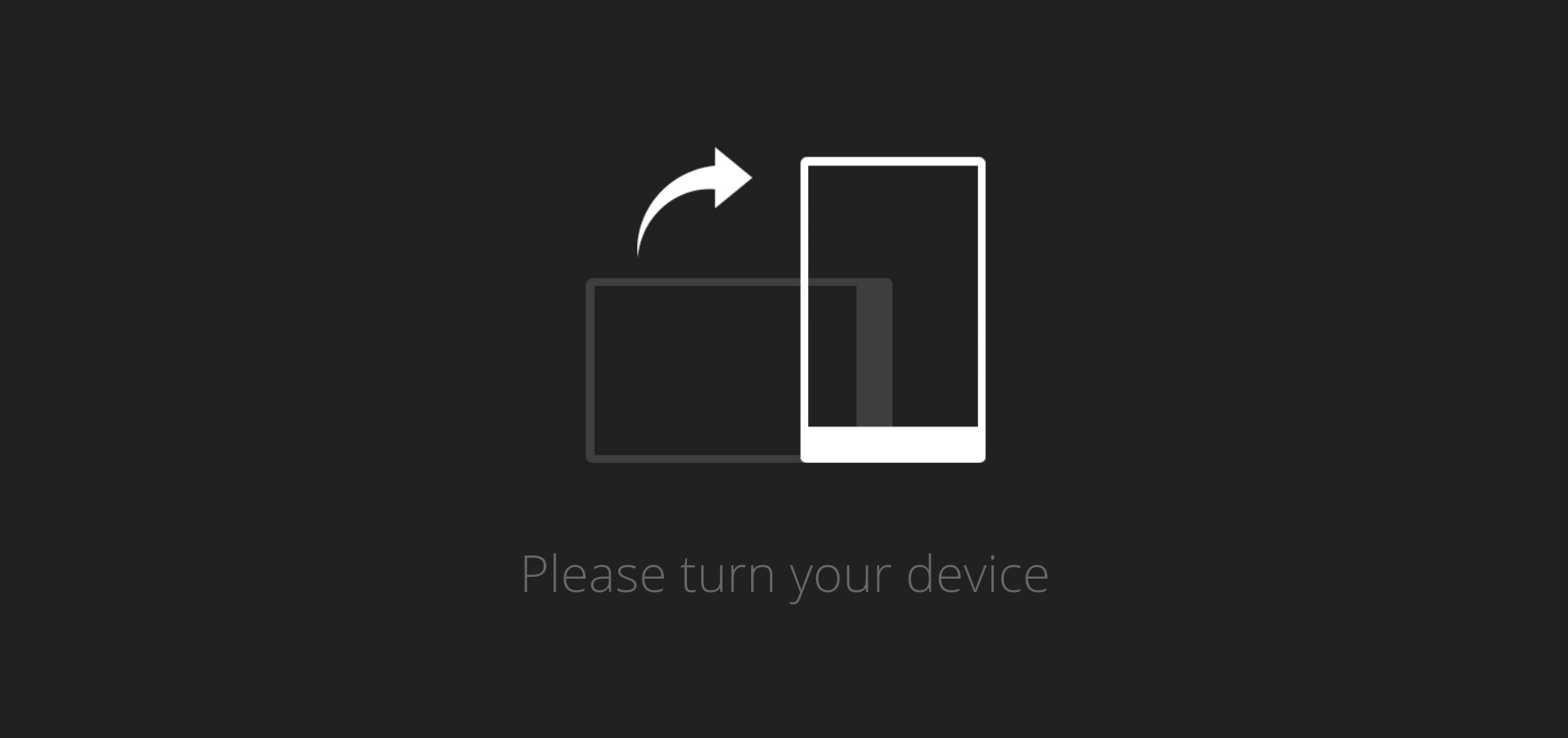
Triple J’s Hottest 100 Omissions: Women
This article by Eliza Goetze is from TheVine’s archives and was originally published January 26, 2013. You can follow her blog here.
It’s definitely a case of too many dicks on the dancefloor.
It’s easy to whinge about the Hottest 100 (full countdown here). We all get upset that other people don’t all find spiritual joy in the same songs as us. But nevertheless, there are a few notable omissions in this list that need to be discussed.
Like Macklemore…just kidding. Did that snippet just before Hilltop Hoods came in at number 4 scare you? Or perhaps Tame Impala, one of our biggest musical exports at the moment, who were up at #7 with Elephant last year and came in at #19 with Innerspeaker in the Hottest 100 Albums of All Time, yet were nowhere to be found.
Then there’s a whole host of acts who have one noticeable thing in common.
You guessed it guys – In the Triple J Hottest 100 of the last 20 years, there were roughly nine acts who were either female solo artists or bands fronted by females. They are:
- Lana Del Rey – Video Games
- M.I.A. – Paper Planes
- Of Monsters and Men (lead singer Nanna Bryndis Hilmarsdottir) – Little Talk
- Angus and Julia Stone – Big Jet Plane
- Edward Sharp and the Magnetic Zeros (vocalist Jade Castrinos) – Home*
- Florence and the Machine – Dog Days Are Over
- The Cranberries (lead singer Dolores O’Riordan) – Zombie
- Massive Attack feat. Elizabeth Fraser – Teardrop*
and with a big leap, Kimbra at number 9, standing alongside Gotye in that collab.
It’s also worth acknowledging bands such as Something For Kate, Jebediah, Spiderbait and of course the White Stripes, with female band members, but in the songs on the list at least, they’re somewhat overshadowed sonically by their male bandmates.
It’s hard to put a finger on why this gender imbalance exists. The same question could (and should) be asked of a lack of racial colour – to be filed along with claims that Triple J listeners are “too white” or simply “bogans”. The Hottest 100 always has haters, many of whom complains that it’s a great substitute for a sleeping pill, despite once being the “alternative” station. But there’s no denying it – your Twitter feed is flooded with it, people hold parties to listen to it, everyone has an opinion on it; it’s a barometer for Australian popular culture. And Triple J therefore certainly has no shortage of female listeners, just as its listeners aren’t all Caucasian.
Justine Wu is a Western Sydney rapper who goes by the name Madame Wu. Being female and Asian, hip hop artists like her are a rare breed on relatively mainstream stations like Triple J. “Most of the hip hop I hear on Triple J is male white dominated,” she says.
“I have so many talented friends who aren’t white – South African, for example – and they just don’t get played. It’s like they know what formula works and don’t want to deviate from it…so it’s hard [being] unique.”
So why does the formula work?
From a very early age, my Saturday mornings were spent in front of Rage and Video Hits. No Doubt, Leonardo’s Bride, Bachelor Girl are all etched into my memory and are artists I love, with a certain amount of nostalgia, today. But in my early teens, I’m fairly sure I was one of those people who say they “prefer male singers” (so please know that I’m in no way denigrating the talents of the males in the Hottest 100).
Is there some kind of biological or psychological explanation behind this? A quick search for academic research didn’t yield much in the way of answers, though there was evidence that when it comes to speaking voices, people actually prefer females – they sound more natural, apparently. So why does it so often seem to be opposite when it comes to music?
It’s embarrassing to think of now, and not just because some of my favourites are (possibly always were) daggy. I was obsessed with Jet, Jack Johnson, Powderfinger and Wolfmother and later Franz Ferdinand, The Presets and Cut Copy. I can’t be sure if it was my tomboy personality. I don’t think I actively disliked female vocalists; the bands I liked just didn’t have any.
That was until I discovered the Yeah Yeah Yeahs, at which point a confusing paradox presented itself. Karen O (pictured above) possessed the bravado and snarling attitude irresistible in the rock’n’roll frontmen I adored – yet when I first saw her embody it live, I was shocked, as though spitting and sweating, swearing and screaming were R-rated when performed by a lady. It was perhaps unheard of from the fairly inoffensive female singers I’d grown up with in my household, like The Carpenters and (my sister’s memorable phase) Brandy.
In my mid teens, I discovered how much I loved names like Sarah Blasko, Feist, Robyn and Missy Elliot, who all had incredible musical talent and vocals that commanded attention – and perhaps a whole new emotional perspective, too.
None of these women – none – made it into this weekend’s Hottest 100. They’re not alone.
PJ Harvey, Bjork, Garbage, Cat Power, Peaches, The Gossip, Paramore, First Aid Kit, Regina Spektor, Ladyhawke, Hole, Laura Marling, Beach House, Howling Bells, Santigold, Clare Bowditch, Metric, Janelle Monae, Portishead, Magic Dirt, Haim, Le Tigre, Emilia Torrini, Tegan and Sara, Martha Wainwright, Sonic Youth, Fiona Apple, the list goes on.
Are boy bands (for want of a better term) really better? Or are we somehow culturally attuned to prefer them over strong females?
Don’t get me wrong – I love The Killers, Kanye West, Blur and Queens of the Stone Age just as much as the next person.
But if anybody out there knows the explanation to this phenomenon, let me know. Until then I’ll be here with my Destiny’s Child, booty-shaking the twigs off from the Hottest 100, ahem, dick forest.
image via zimbio.com
